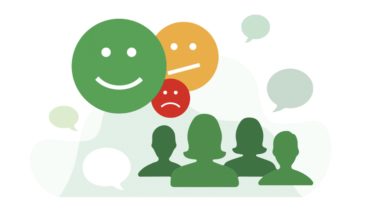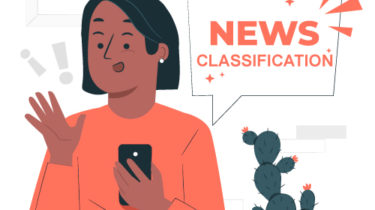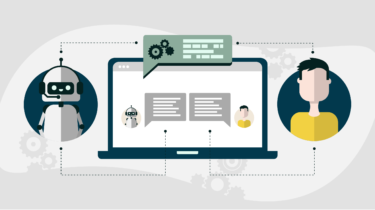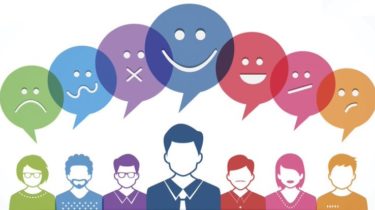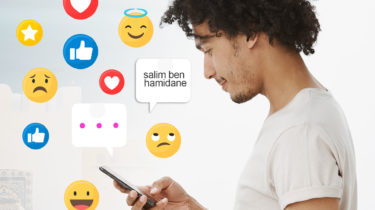Sentiment Analysis Using Bidirectional Stacked LSTM
This article was published as a part of the Data Science Blogathon Sentiment Analysis Sentiment Analysis is the process of finding the sentiments of the text data. Sentiment Analysis falls under the text classification in Natural Language Processing. Sentiment Analysis would help us to know our customer reviews better. A sentiment denotes any one of the following, Positive, Negative, and Neutral. When we analyze the negative reviews of our products we can easily use those reviews to surmount the problems […]
Read more